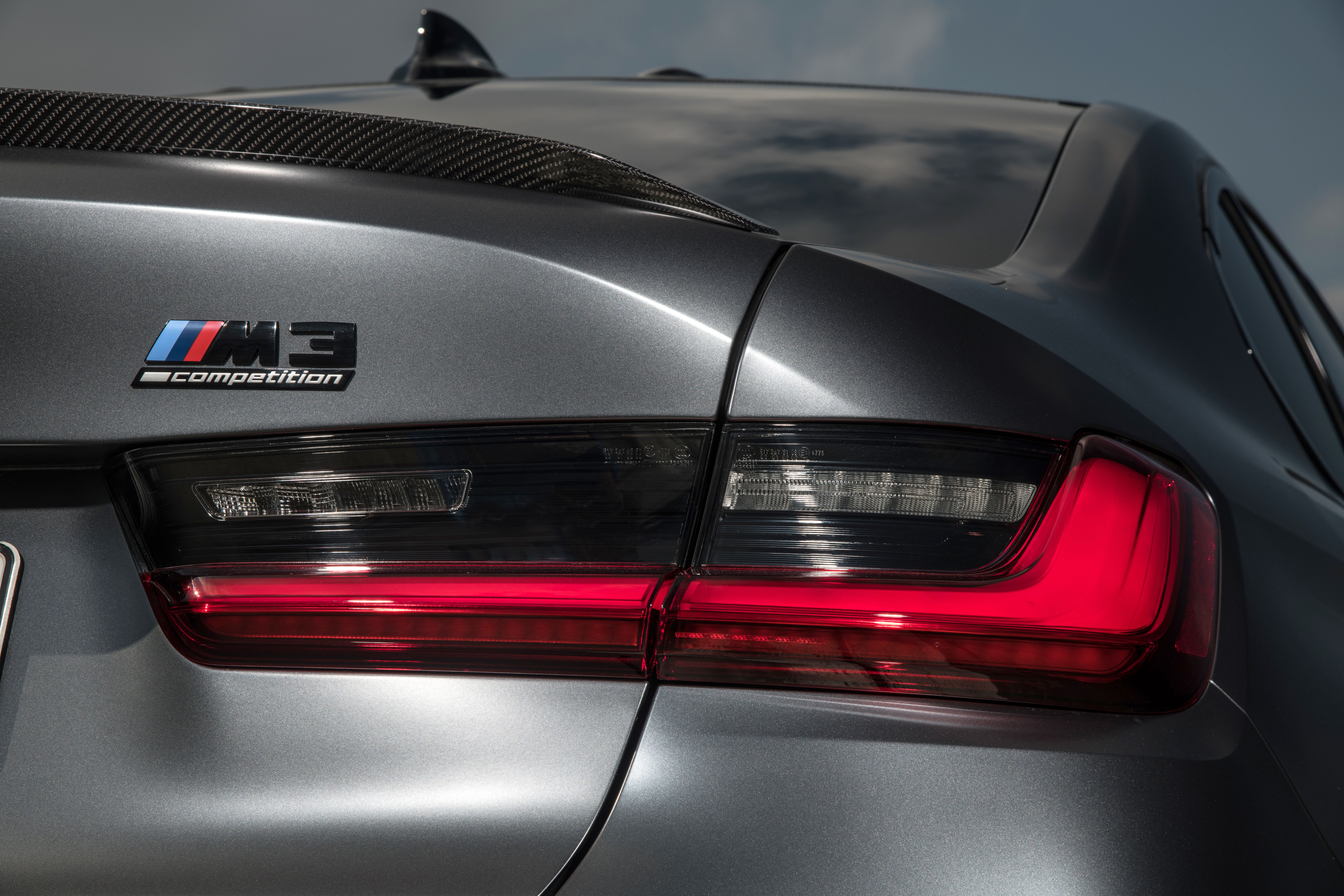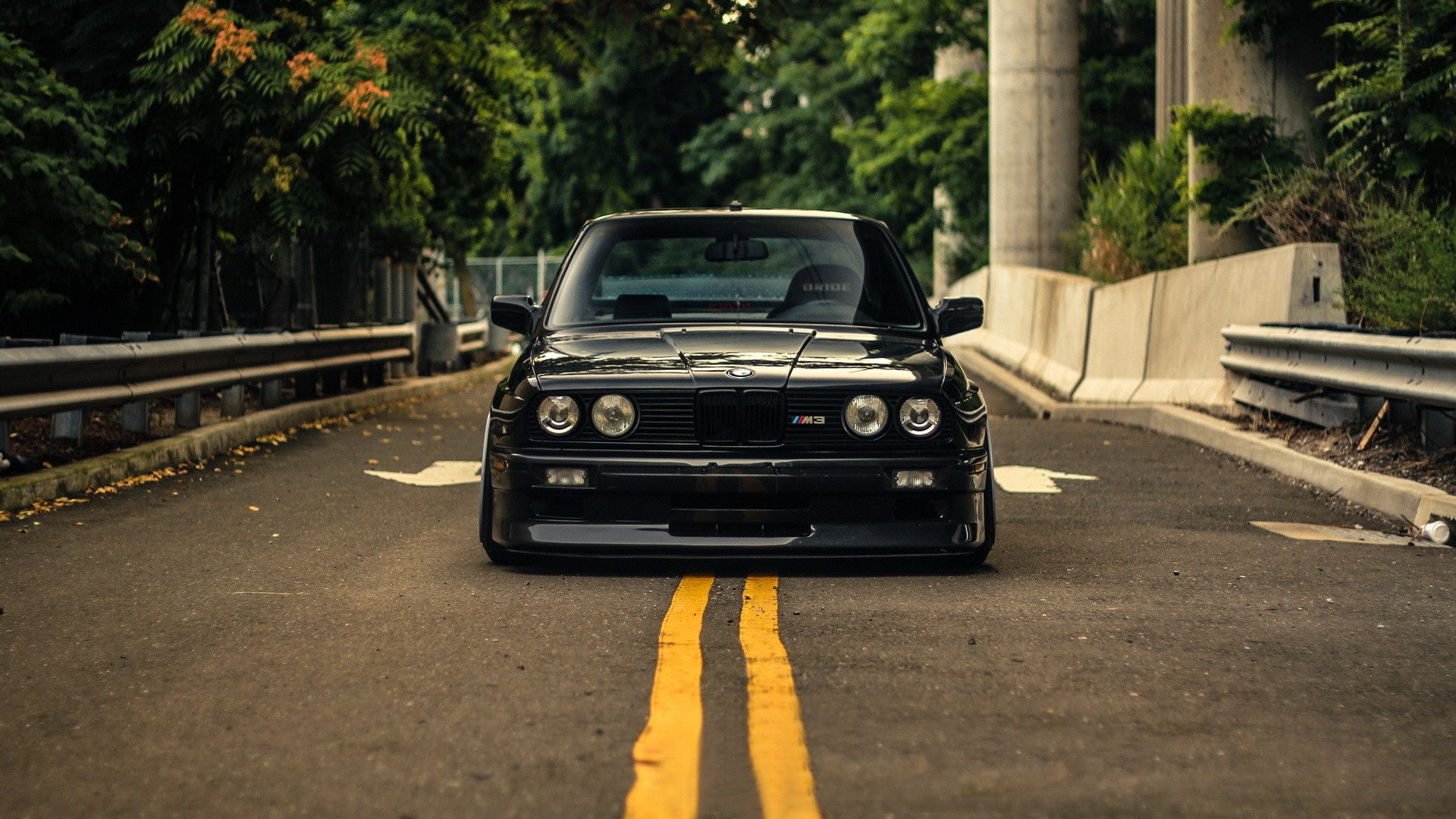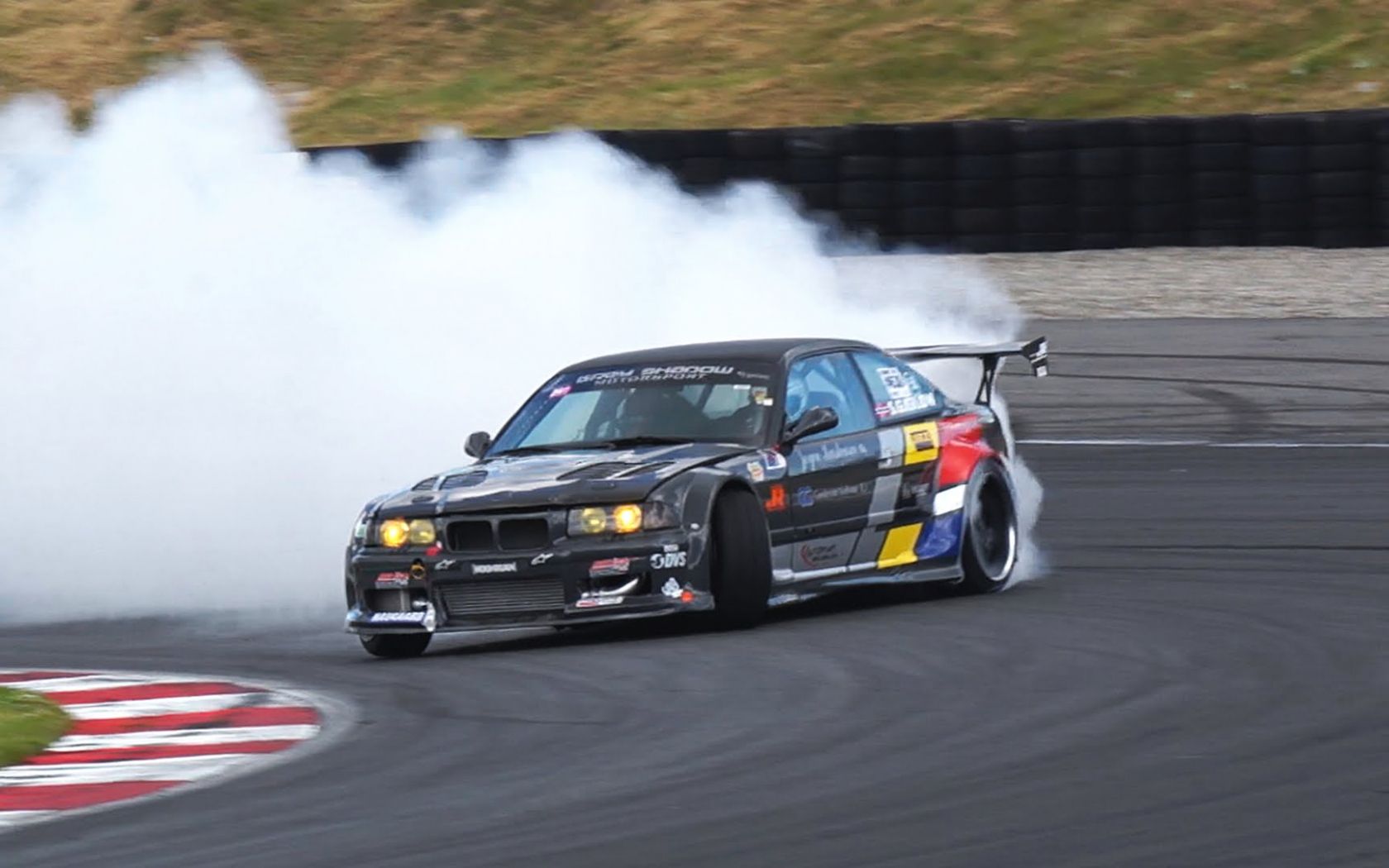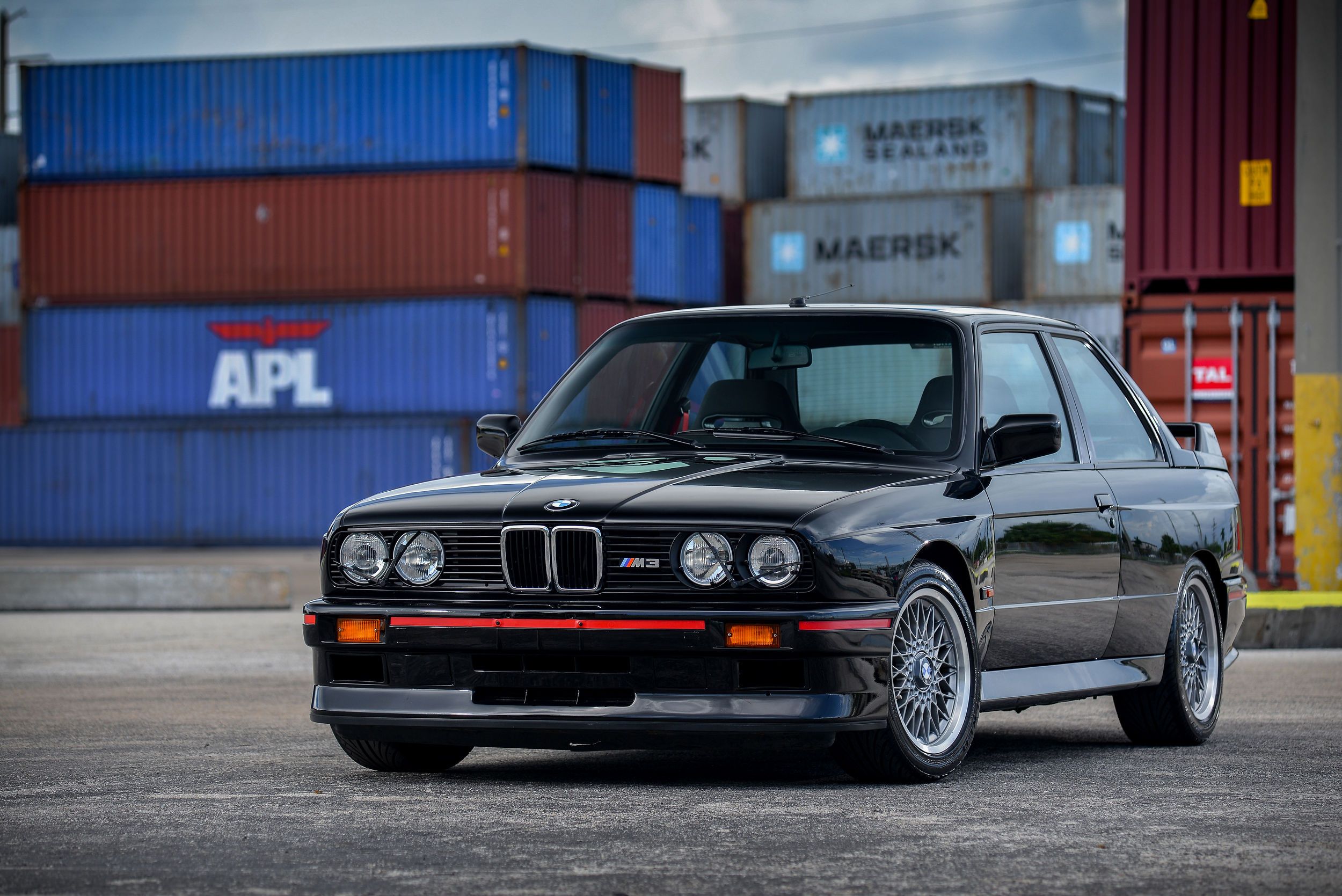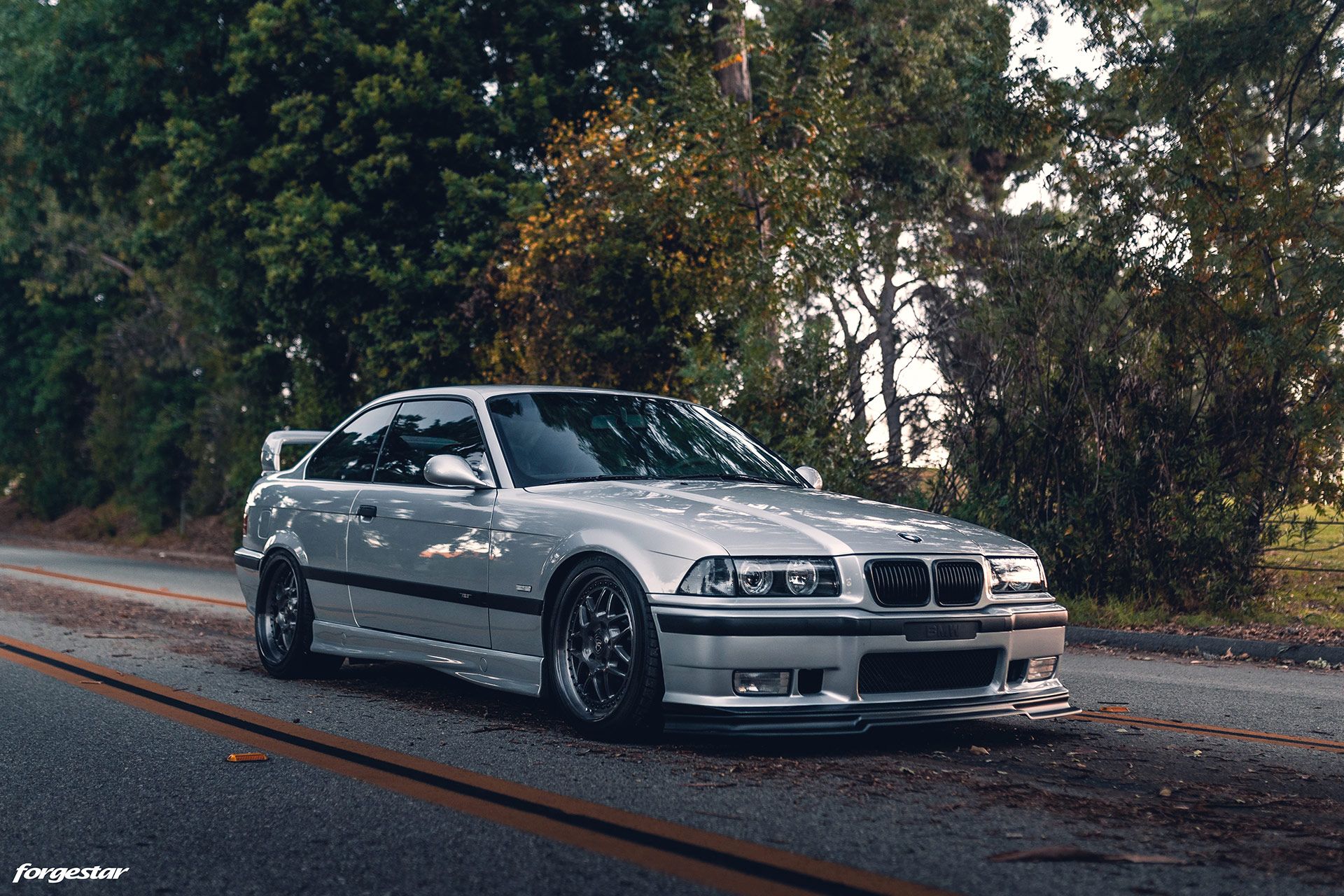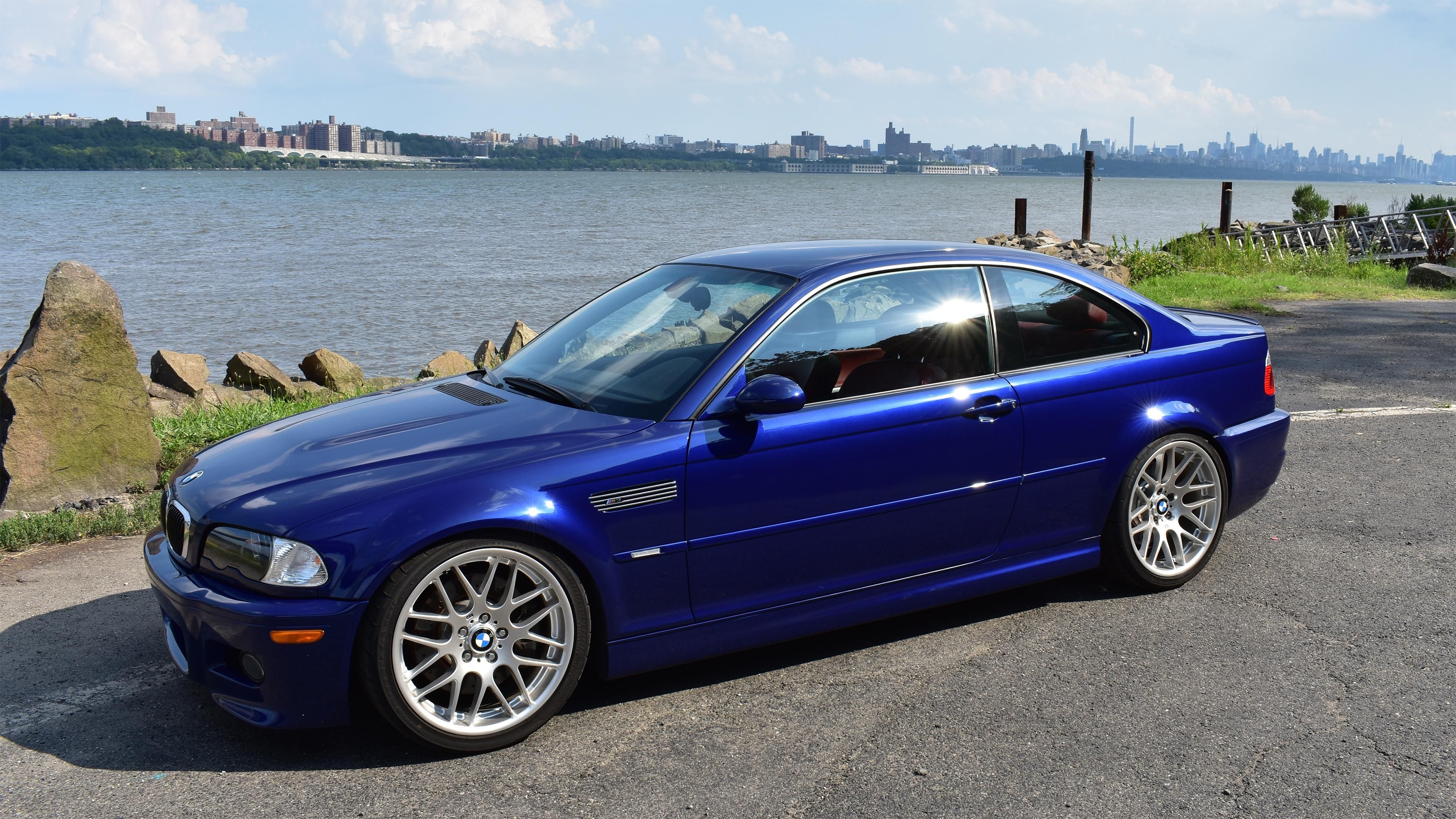The BMW Motorsport 3-series (M3) model has been the benchmark for high-performance saloons for decades now.
This little rear-wheel-drive bundle of power has been a smash hit since the '80s, and even today, it still continues to take the crown over its sporty saloon rivals.
Older generation models like the E30 (1986–1991), E36 (1992–1999), and E46 (2000–2006) have seen they’re values rise steeply over the past five years.
But what is it about these cars that make them so desirable now?
The Appeal Of The BMW M3
In the eighties and nineties, the BMW 3-series was a popular company car choice in the UK. It had everything that a corporate worker needed; it was fast, good-looking, reliable, fuel-efficient, and it had plenty of room for friends and family at weekends.
With multiple engine sizes and specifications, it quickly became a bestseller. And it wasn't long before it, quite rightly, received a wealth of applause and accolades from the motoring press.
Back in those days, 3-series drivers could often be seen exchanging notes on their cars, discussing what accessories they’d had put on them and perhaps how expensive it was to have the factory sunroof installed.
However, the one that they really wanted was the one sitting in the Director’s parking bay. And that was typically the awesome M3!
The M3 was a world apart from the standard 3-series car. In fact, the two cars are so different, comparing them would be like taking a cat and putting it up next to a lion! They could very easily be two completely different species. One is a Bavarian muscle car, the other is a sedate family saloon.
Apart from the basic chassis, the two vehicles had very little in common. The Motorsport series cars were designed with a racing mindset, not for motorway mileage or short commutes. They were in a different league to their 3-series siblings.
The BMW M3 has; a high-performance, race-tuned engine and a racing gearbox, upgraded suspension and differential, bigger wheel arches, bigger wheels and tires, an aerodynamic body-kit, a sports exhaust system, sports trim…. and this list can go on and on but you get the picture; its an entirely different breed of car to the standard 3-series saloon.
And when you compare the performance statistics, you can see why:-
- A 1986 BMW 320i could reach sixty mph in 11.5 seconds and had a top speed of 121 mph.
- But, a 1986 BMW M3 was able to hit sixty in 6.5 seconds and climb up to a dizzy 146 mph.
This is according to AutoSnout, EncycarPedia, and UltimateSpecs.
These massive performance rewards were reflected in the cost too. The cost of a new 320i in 1986 was approximately $22,000, whereas, at the time, the M3 came with a much bigger showroom price tag of around $32,000.
Its very hard to say anything negative about these older generation M3s. These mid-sized flagships are fine-tuned pieces of German precision machinery, that are still capable of offering drivers a high-performance, fully connected, Touring Car racing experience.
Judging by their race track history its easy too see why they remain so popular today. These cars have exceptional handling, coupled with perfect balance and poise around corners. They offer stunning performance, which is simply unrivalled by any other saloon car in their field. And they just look fantastic from every angle.
So, as time has marched on, and they have become more and more rare, we’re not surprised that the appeal for these cars is even stronger today than it was then - when they were sitting inside a showroom.
What You Should Expect To Pay
There is of course huge variation in pricing on these sought after cars. Prices are dependent on body type (coupes tend to fetch more money), condition, mileage, history, location, special edition and originality. But lets take a quick look at how the approximate values of these older generation M3s has changed in recent years, and see which ones have really sky-rocketed.
BMW M3 E30
The E30 M3 is fast becoming a very rare collectable car. This was the original race car that the German carmaker first homologated for road use. It was originally designed to race, and boy was it successful on the track. So with this car, you’re not simply getting a sports upgrade from a road-legal production car, you’re actually getting the reverse.
Five years ago you could pick a really good one up for roughly $35,000 to $50,000, now however, in pristine condition, these classic thoroughbred racers are fetching well over $100,000.
BMW M3 E36
With the E36 M3, BMW were aiming to deliver a more all-round car; something that offered more comfort and better everyday practicality. But with its long, slim, sleek, nineties styling, this model doesn’t quite have the same aggressive appearance as its predecessor.
And we know that beauty is in the eye of the beholder, but its looks could well be one of the determining factors as to why this model commands considerably less than its predecessor in the auction rooms. Combined with the fact that many E36 restorations have not been carried out with as much loving care as those of the E30s.
Five years ago you could probably pick one up for as little as $10,000 to $20,000, today these cars can now fetch anywhere between $15,000 and $30,000, depending on their condition.
BMW M3 E46
The E46’s appearance is a cool mix of curves and sports styling. And like the other M3s above, this one is also treat to drive. Its acceleration not just feels great, but sounds great too.
Five years ago you could probably pick one up for maybe $10,000 to $15,000, now these cars can typically fetch anything between $20,000 to $40,000.
So, why is it that these cars have risen so much in value over recent years?
The simple answer is : because they have great build quality, they're getting rarer, they look great and they're just fantastic fun to drive.
They also have a huge fan-base, of both young and old. And as items of nostalgia seem to be at the top of people's shopping lists at the moment, they are selling like hot cakes.
But whatever happens to the second-hand car sales market in the future and the prices of these awesome cars, even if they fluctuate, regardless of their value, they will provide their owners with a level of excitement that money can't buy! And quite frankly, that's priceless.

